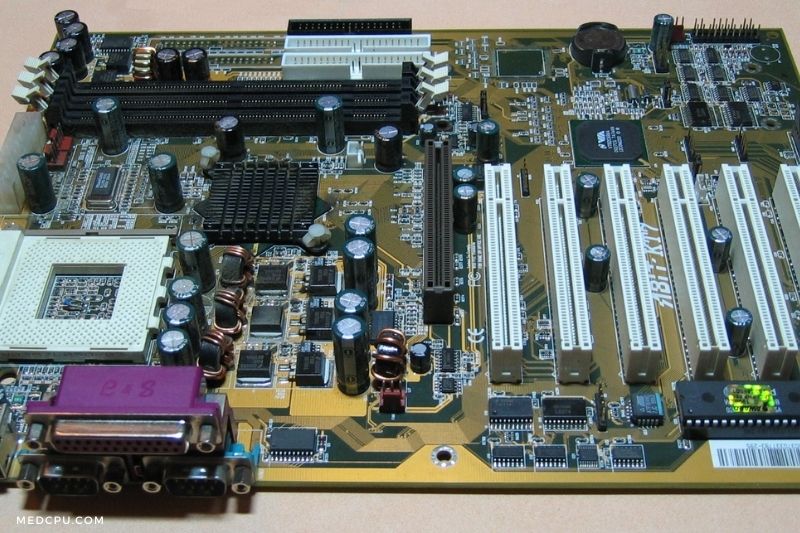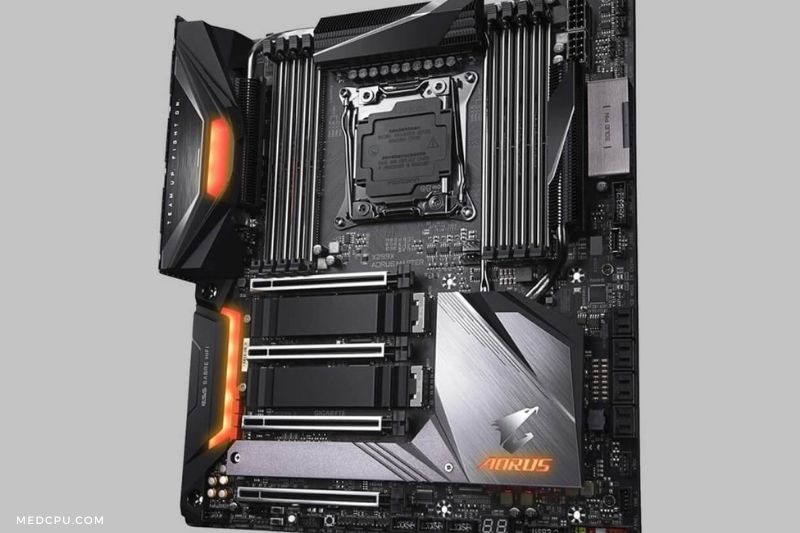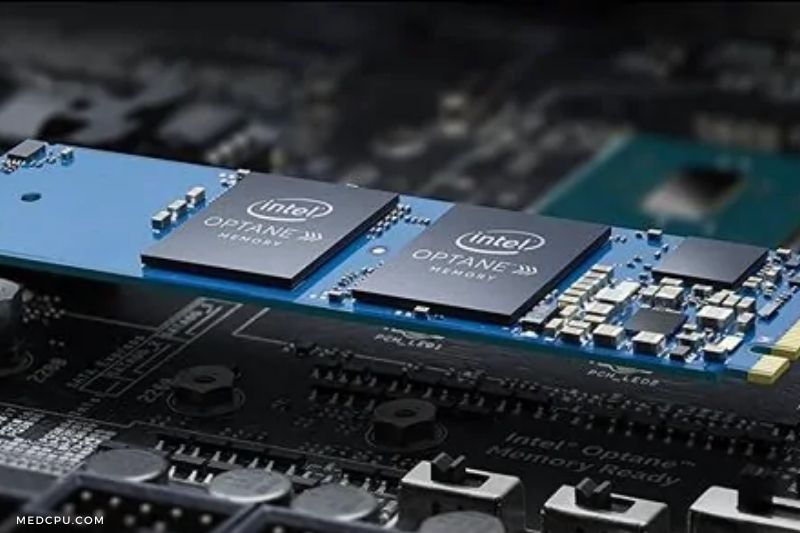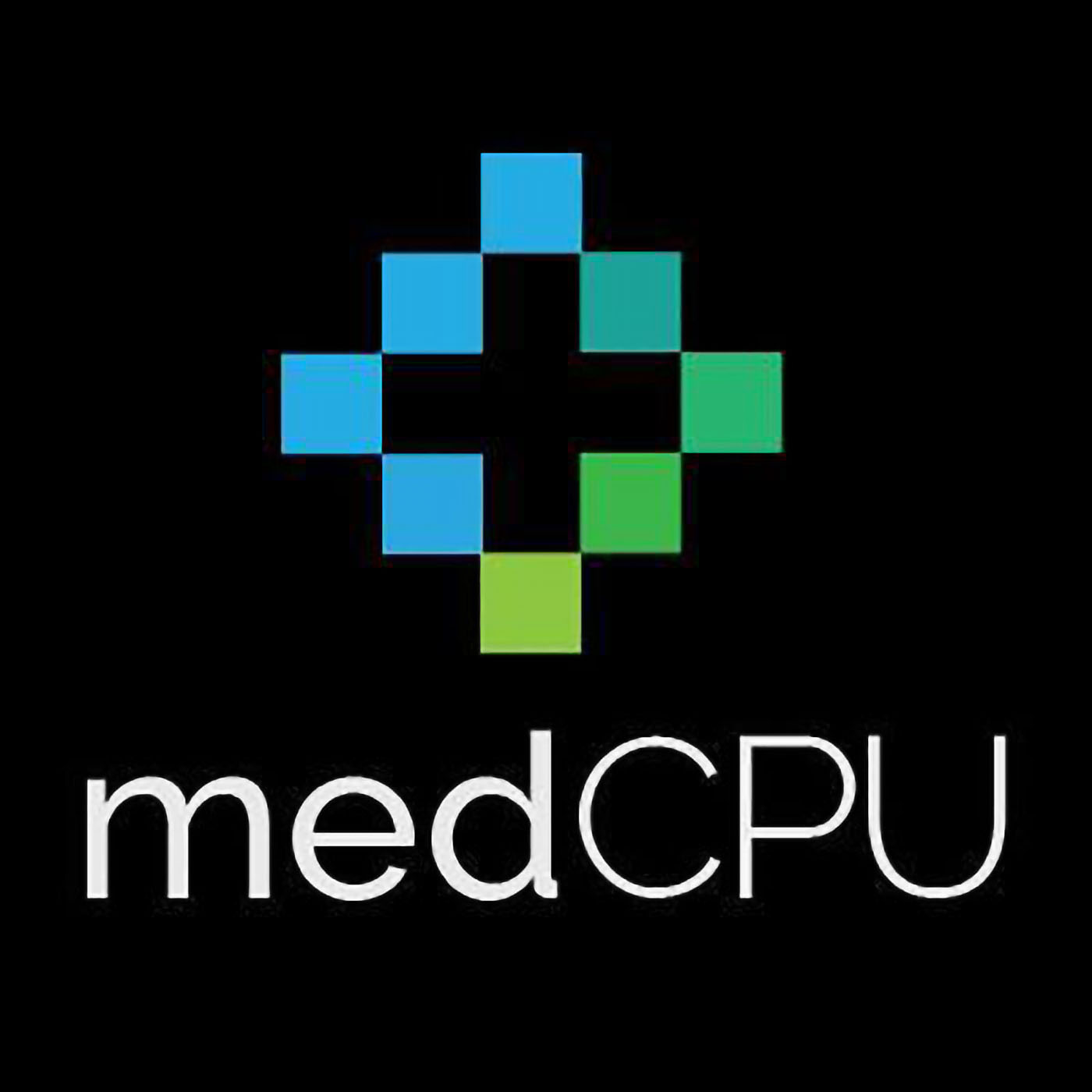When you’re building a new gaming rig, choosing between the EATX vs ATX motherboard can be confusing. An ATX is a more compact design that is usually found in smaller builds whereas EATX is big, bulky, and usually used for high-end builds. Which one will fit your need?
In this article, MedCPU will compare these two motherboard sizes and offer some insight as to why they differ. There are several reasons why people choose one over the other, and we will try to address them in the article.
What is ATX?
Advanced Technology eXtended, or ATX, is the most popular form factor for a computer motherboard. Intel created this form factor in 1995 to replace AT (Advanced Technology) as the standard motherboard.
ATX was a significant change in the computer enclosure, power supply, and motherboard. It allowed for the interchangeability of parts as well as improved standardization. ATX’s predecessor, ATX design, was once considered a standard, but it lacked many specifications.

ATX was able to outperform ATX in terms of speed, expansion, and interface. The ATX board’s arrangement of components created heat problems and blocked airflow. Intel introduced BTX (Balanced Technology eXtended) to solve the problem in 2004.
The following reasons prompted Intel to discontinue the development of BTX in 2006.
People who have already invested in Advanced Technology Extended (ATX) form factor do not wish to see any changes in their system.
- BTX technology was more expensive than ATX.
- Many users didn’t care about the cooling factor.
Manufacturers and developers emphasized ATX variants to the market. The majority of ATX variants were more minor and had fewer ports. The overall layout was the same.
The full-sized ATX motherboard measures 12 inches by 9.6 inches. This is the standard form factor for the mainboard. A Micro-ATX motherboard measures 9.6 inches by 9.6 inches, making it an affordable option for gaming computers.
The EATX board is a larger variant of the ATX form factor. It measures 12 inches by 13 inches and has all of the ATX standard features. This motherboard has many advantages, including dual-socket support and better heat dissipation.
ATX Pros & Cons
Let’s now look at the advantages and disadvantages of an ATX form factor.
Pros:
- ATX has many ports and slots that allow for expansion.
- An increased number of ports and more slots allow for easy upgrades without any hindrance.
- ATX cases are available in many styles.
- Gaming PCs come with an ATX motherboard.
Cons:
- ATX board is large and heavy.
- An ATX board’s components arrangement causes airflow disruption and reduces cooling.
- It’s expensive.
What is EATX?
Extended ATX, or EATX, is the latest version of the ATX motherboard. EATX is larger and has more ports and connectors than its predecessor. EATX has a new power supply connector as well as additional motherboard standoffs.
EATX measures 30 cm by 24.4cm, which is more than ATX. The additional mounting holes allow for up to ten additional connection sockets and an additional processor power connector.
To accommodate this larger size, the lengths of EATX motherboards have been increased to 30 cm. These mounting holes now allow for more drive bays, allowing users to use outboard hard drives and other expansion cards.

EATX motherboards are now larger than ever. However, there are a few more essential features. Most noticeable is the addition of multiple data transfer lanes. This replaces the single-lane system that was used before and gives you more bandwidth. EATX motherboards have a few extra voltage regulators to ensure more stable power for overclocking purposes.
EATX Pros & Cons
Here are some benefits that an EATX can offer you if you have a high budget and care about performance. You can also consider the drawbacks and make a decision.
Pros:
- There is plenty of room to store the memory.
- A better gaming experience is possible when there are more expansion ports.
- The board’s large size allows for the cooling of components and provides excellent overclocking.
Cons:
- This requires a large budget.
- Unless you have a lot to spend, EATX is not recommended for hobbyist gamers and editors.
- Many users may find their large size and many features a little too overwhelming.
Comparing EATX vs ATX Motherboard

EATX vs ATX Size
It is essential to understand the differences between ATX and EATX when comparing their dimensions. The standard ATX motherboard measures 12 inches by 9.6 inches.
EATX, the most significant ATX variant, is slightly larger from the right. It measures 12 inches by 13 inches. This variant is ideal for server work because of its larger dimensions.
The EATX board’s larger size means that components are more likely to get airflow and less heat. A system with an EATX board is more user-friendly because it has more room for the GPU.
Functionality
Your computer’s performance will be affected by the size of your motherboard. A smaller motherboard may have fewer or fewer extension slots than a larger board. This can limit your ability to upgrade as well as the flexibility you have with larger form factors.
The ATX board typically has 6 slots (PCI-Ex16 and 3xPCI-Ex1), but this can vary between models. Micro ATX boards only have 3 slots (1xPCI-Ex16 and 2xPCI-Exx1). This will limit your options for adding graphics, sound, and network cards.
Mini ITX boards, on the other hand, have fewer slots or none for additional cards. They have one PCI slot.
When it switched from ATX to micro ATX, I also noticed a decrease in RAM slots. Micro ATX boards typically have four RAM slots, while ATX boards usually have 2.
Mini ITX slots can have up to 2 RAM slots, and some motherboards even have 4 RAM slots.
However, smaller boards will have fewer USB slots.
EATX boards are the largest boards, with more slots than any other motherboards. This board is best for those with big plans who need to use all of your PCI-E slots. They typically have four or more PCI slots.
EATX boards offer more slots which means they are more flexible in terms of upgradability.
Performance & Price
The price difference between boards with similar feature sets is not noticeable. However, you might pay more for boards with additional features such as integrated WiFi or dual NVMEM.2 slots.
Performance is what makes the difference. Stock boards perform similarly regardless of their size. However, overclockers keen to overclock will find that EATX boards can handle overclocking more effectively than smaller ones. This is not due to inferior parts in smaller boards. A smaller board is an engineering marvel in many ways.
Heat dissipation is what sets boards apart. It could be argued that it is often not the board, but the case the board is in is the problem. Overclocking can make the bus and processor heat up.
Because smaller boards release heat less frequently, it can be more challenging to keep the machine stable. This is especially true if you don’t have many fans or have no water cooling.
EATX boards can be used in significant cases with more advanced cooling systems.
Standard ATX boards can fit into standard cases. They offer a compromise between being large enough and feature-packed enough. If you go smaller, overclocking will become less sensitive.
Conclusion: Is EATX or ATX better?
The ATX standard provides for an extended length of the motherboard, with the rear I/O ports, which is advantageous for high-end graphics cards. Some people say that the EATX standard is better because it offers more room for wire management.
However, many people argue that EATX is not better because the cost of an EATX case is higher than the cost of an ATX case. I do not think there is a right answer to this question. You have to choose the standard that fits your needs best. If you are on a budget, go for ATX. If you want a fast CPU, go for EATX.
Video:

Eyal Ephrat serves as the co-founder and CEO of medCPU.com, where technology is making significant strides in the field of medicine. Through his experience in purchasing PC and laptop equipment and various other tech products, Eyal Ephrat contributes valuable insights to medCPU’s mission.
